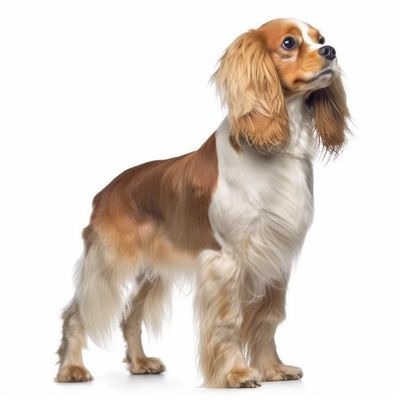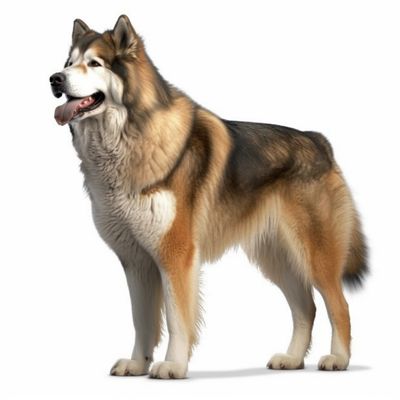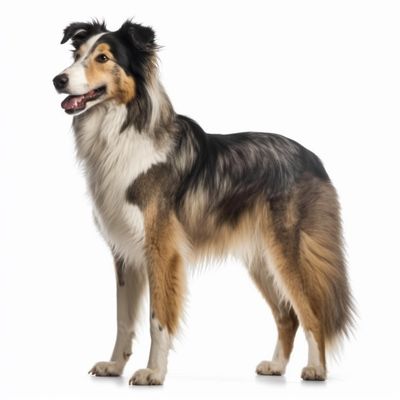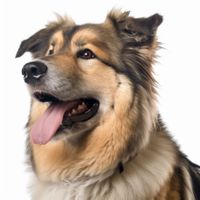Cavalier King Charles Spaniel - vs - Alaskan Malamute - vs - Border Collie

Cavaliers have a moderate energy level and enjoy a mix of playtime and relaxation.
Cavaliers need daily exercise, such as walks or playtime, to stay happy and healthy.
Cavaliers are eager to please and can be trained easily with positive reinforcement.
Cavaliers are intelligent dogs that enjoy learning new commands and tricks.
Cavaliers adapt well to various living situations, from apartments to country homes.
Cavaliers are gentle, affectionate, and patient, making them excellent companions for children.
Cavaliers get along well with other pets, including dogs and cats, when socialized properly.
Cavaliers can tolerate mild cold but need extra care in extreme cold due to their silky coats.
Cavaliers can handle warm climates, but make sure to provide shade, water, and avoid excessive exercise.
Cavaliers have a silky coat that sheds moderately, so regular brushing can help minimize shedding.
Cavaliers require regular brushing and occasional bathing to keep their coats healthy and tangle-free.
Cavalier King Charles Spaniels bark occasionally, usually only when necessary or provoked.
Cavalier King Charles Spaniels may have some health issues, requiring regular veterinary checkups and preventative care.

Alaskan Malamutes are large dogs, weighing 75-85 lbs, with a height of 23-25 inches.
Alaskan Malamutes have a medium energy level and require regular exercise and mental stimulation.
Alaskan Malamutes need a significant amount of exercise, including daily walks, runs, and opportunities for play and exploration.
Alaskan Malamutes can be challenging to train due to their independent nature. Consistent, positive reinforcement and patience are essential.
Alaskan Malamutes are highly intelligent dogs and excel in various dog sports and activities, especially those involving endurance and strength.
Alaskan Malamutes can adapt to different living situations, but they need plenty of space and exercise to thrive.
Alaskan Malamutes are good with children when properly socialized and supervised.
Alaskan Malamutes can get along with other pets, but their high prey drive may require caution around smaller animals.
Alaskan Malamutes are well-suited for cold climates, thanks to their thick, double-layered coats.
Alaskan Malamutes are not well-suited for hot climates and need to be monitored for signs of overheating during exercise.
Alaskan Malamutes have thick double coats that shed heavily, especially during seasonal shedding periods.
Alaskan Malamutes require frequent grooming, including regular brushing and occasional bathing to keep their coats clean and healthy.
Alaskan Malamutes bark occasionally, usually only when necessary or provoked.
Alaskan Malamutes may experience some health issues and require additional care and attention, such as regular veterinary checkups, preventative care, and potential medication or treatments.

Border Collies are medium-sized dogs, weighing 30-45 lbs, with a height of 18-22 inches.
Border Collies have a high energy level, requiring plenty of physical and mental stimulation.
Border Collies need extensive exercise, including daily walks, runs, and mental challenges like training or dog sports.
Border Collies are highly intelligent and trainable, excelling in obedience and various dog sports.
Border Collies are considered one of the most intelligent dog breeds and can learn a wide range of commands and tasks.
Border Collies can adapt to different living situations, but they thrive in environments with plenty of space to run and exercise.
Border Collies can be good with children, but their herding instincts may cause them to nip or chase. Proper supervision and training are essential.
Border Collies can get along with other pets, but early socialization and proper training are important to manage their herding instincts.
Border Collies can tolerate colder temperatures thanks to their double coat, but proper protection is necessary during extreme cold.
Border Collies can tolerate hot climates but need to be monitored for signs of overheating during exercise.
Border Collies have a double coat that sheds seasonally, requiring regular brushing to manage shedding.
Border Collies require regular grooming, including brushing, bathing, and trimming to keep their coats clean and healthy.
Border Collies have average bark tendencies and may bark for various reasons, such as alerting their owners or during playtime.
Border Collies may experience some health issues and require additional care and attention, such as regular veterinary checkups, preventative care, and potential medication or treatments.



